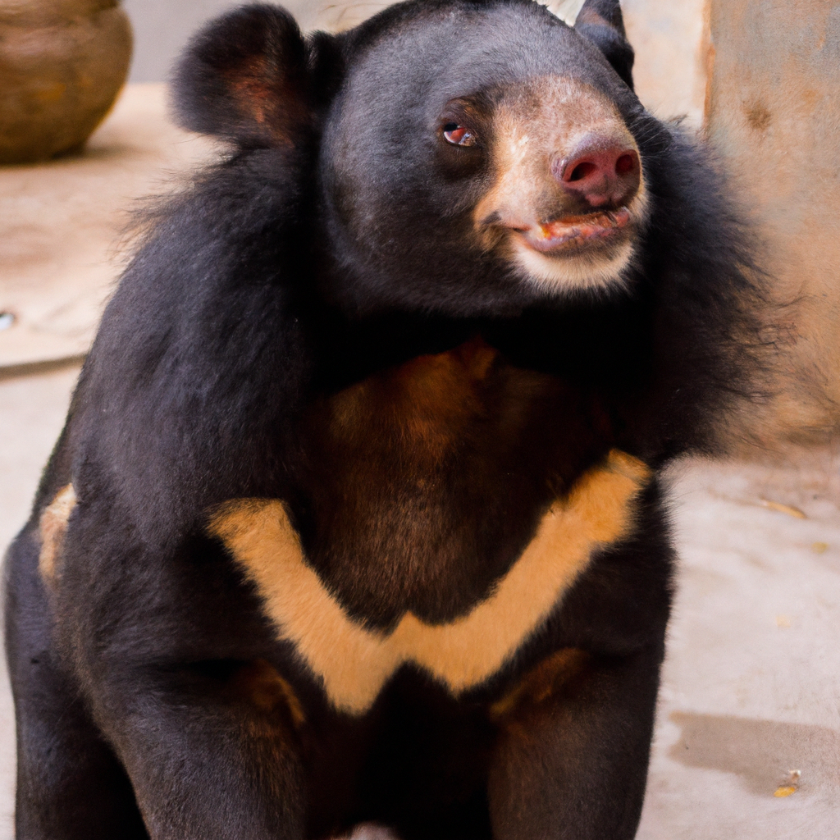GPT, Gemini, etc., all in one R package!
Last update: 2024/02/15
In the fast-evolving landscape of artificial intelligence (AI), a groundbreaking tool has emerged, poised to redefine the way R users engage with their coding and language processing tasks. Introducing GenAI — the ultimate R package that seamlessly integrates cutting-edge Generative AI models like ‘GPT-4’ and ‘Gemini Pro’. But GenAI is not just another package; it’s a gateway to a new realm of possibilities.

CRAN: https://cran.r-project.org/package=GenAI
Official website: https://genai.gd.edu.kg/r/
With the recent update to version 0.2.0, GenAI has undergone a transformation. Leveraging the power of R6 class, it now offers enhanced user-friendliness, making complex tasks feel like a breeze. But that’s not all — GenAI now proudly supports yet another generative AI model — Moonshot AI. Plus, brace yourselves for a game-changer: image generation is now within your reach through this very package!
Some images generated through this package with OpenAI’s DALL-E 2 model:



A Closer Look at GenAI
GenAI isn’t just a tool; it’s a paradigm shift. At its core, it harnesses the prowess of ‘Generative Artificial Intelligence’ models to assist R users in a myriad of tasks. From text generation to code optimization, from natural language processing to chat functionalities, and even image interpretation, GenAI is a one-stop solution for all your AI needs within the R environment.
Key Details
- Depends: magrittr
- Imports: base64enc, httr, jsonlite, tools, R6, listenv, magick, ggplotify
- Author: Li Yuan
- Maintainer: Li Yuan
- BugReports: https://github.com/GitData-GA/GenAI/issues
- License: CC BY 4.0
- URL: https://genai.gd.edu.kg/
- Needs Compilation: no
- CRAN checks: GenAI results
Getting Started with GenAI
Prerequisites
Prior to utilizing the GenAI package, several prerequisites must be met.
-
Ensure that you possess an eligible device equipped with R.
-
Access to the internet is essential to generate text or engage in chat through GenAI.
-
Obtain an API key from the selected Generative AI service provider. GenAI currently supports Generative AI models from Google, Moonshot AI, and OpenAI.
- To acquire an API key for Google's models, refer to: Google Generative AI - API key
- To acquire an API key for Moonshot AI's models, refer to: Moonshot AI - API Key
- To acquire an API key for OpenAI's models, refer to: OpenAI - API Key
Installation
You have two options for installing GenAI:
-
Install the package from The Comprehensive R Archive Network (CRAN).
install.packages("GenAI") -
Install the package from GenAI official website.
remotes::install_url("https://genai.gd.edu.kg/release/R/GenAI_latest.tar.gz", dependencies = TRUE, method = "libcurl")
Your First AI Interaction
Now that you have GenAI installed, let’s dive into the magic of AI-generated responses. Depending on your chosen AI model, try the QuickStart examples below to explore:
-
QuickStart for Google Models (Open in Colab)
# Import the library library("GenAI") all.models = available.models() %>% print() # Please change YOUR_GOOGLE_API to your own API key of Google Generative AI Sys.setenv(GOOGLE_API = "YOUR_GOOGLE_API") # Create a Google Generative AI object google = genai.google(api = Sys.getenv("GOOGLE_API"), model = all.models$google$model[1], version = all.models$google$version[1], proxy = FALSE) # Text Generation google %>% txt("Please write a story about Mars in 50 words.") %>% cat() # Chat Generation google %>% chat("Please write a story about Mars in 50 words.") %>% cat() google %>% chat("Please write a story about Jupiter in 50 words.") %>% cat() google %>% chat("Please write a story about Earth in 50 words.") %>% cat() # Print Chat History google %>% chat.history.print() -
QuickStart for OpenAI Models (Open in Colab)
# Import the library library("GenAI") all.models = available.models() %>% print() # Please change YOUR_OPENAI_API to your own API key of OpenAI Sys.setenv(OPENAI_API = "YOUR_OPENAI_API") # (Optional) Please change YOUR_OPENAI_ORG to your own organization ID for OpenAI Sys.setenv(OPENAI_ORG = "YOUR_OPENAI_ORG") # Create an OpenAI object openai = genai.openai(api = Sys.getenv("OPENAI_API"), model = all.models$openai$model[1], version = all.models$openai$version[1], proxy = FALSE, organization.id = Sys.getenv("OPENAI_ORG")) # Text Generation openai %>% txt("Please write a story about Mars in 50 words.") %>% cat() # Chat Generation openai %>% chat("Please write a story about Mars in 50 words.") %>% cat() openai %>% chat("Please write a story about Jupiter in 50 words.") %>% cat() openai %>% chat("Please write a story about Earth in 50 words.") %>% cat() # Print Chat History openai %>% chat.history.print() -
QuickStart for Moonshot AI models (Open in Colab)
# Import the library library("GenAI") all.models = available.models() %>% print() # Please change YOUR_MOONSHOT_API to your own API key of Moonshot AI Sys.setenv(MOONSHOT_API = "YOUR_MOONSHOT_API") # Create a Moonshot AI object moonshot = genai.moonshot(api = Sys.getenv("MOONSHOT_API"), model = all.models$moonshot$model[1], version = all.models$moonshot$version[1], proxy = FALSE) # Text Generation moonshot %>% txt("Please write a story about Mars in 50 words.") %>% cat() # Chat Generation moonshot %>% chat("Please write a story about Mars in 50 words.") %>% cat() moonshot %>% chat("Please write a story about Jupiter in 50 words.") %>% cat() moonshot %>% chat("Please write a story about Earth in 50 words.") %>% cat() # Print Chat History moonshot %>% chat.history.print()
Unlock the Full Potential
This is just the tip of the iceberg! Dive into the GenAI documentation to unleash a plethora of functions waiting to be explored.
GenAI R package documentation: https://genai.gd.edu.kg/r/documentation/
Setup
The setup process involves accessing supported Generative AI models and initializing objects for Google AI, Moonshot AI, and OpenAI. Here are the steps:
-
Get Supported Generative AI Models: Use the
available.modelsfunction to explore the range of supported models. Learn more. -
Google Generative AI Object Creation: Create Google Generative AI objects using the
genai.googlefunction. Learn more. -
Moonshot AI Object Creation: Initiate Moonshot AI objects with the
genai.moonshotfunction. Learn more. -
OpenAI Object Creation: Dive into OpenAI’s capabilities by creating OpenAI objects using the
genai.openaifunction. Learn more.
Text Generation
GenAI offers various methods for text generation, allowing you to generate text with different inputs:
-
Text Generation with Text as Input: Utilize the
txtfunction to generate text based on textual input. Learn more. -
Text Generation with Text and Image as Input: Explore advanced text generation by incorporating both text and image inputs with the
txt.imagefunction. Learn more.
Chat Generation
Enhance communication experiences with GenAI’s chat generation functionalities:
-
Chat Generation with Text as Input: Generate chat responses based on textual input using the
chatfunction. Learn more. -
Chat Edit with New Text as Input: Edit chat responses with new text inputs using the
chat.editfunction. Learn more. -
Chat History Operations: Manage chat history with functions like
chat.history.convert,chat.history.export,chat.history.import,chat.history.print,chat.history.reset, andchat.history.save. Learn more.
Image Generation
Generate visually appealing content using text inputs with GenAI’s image generation functionality:
-
Image Generation with Text as Input: Utilize the
imgfunction to generate images based on textual input. Learn more.
GenAI isn’t just a tool; it’s a catalyst for innovation. Embrace the future of R programming with GenAI today!
